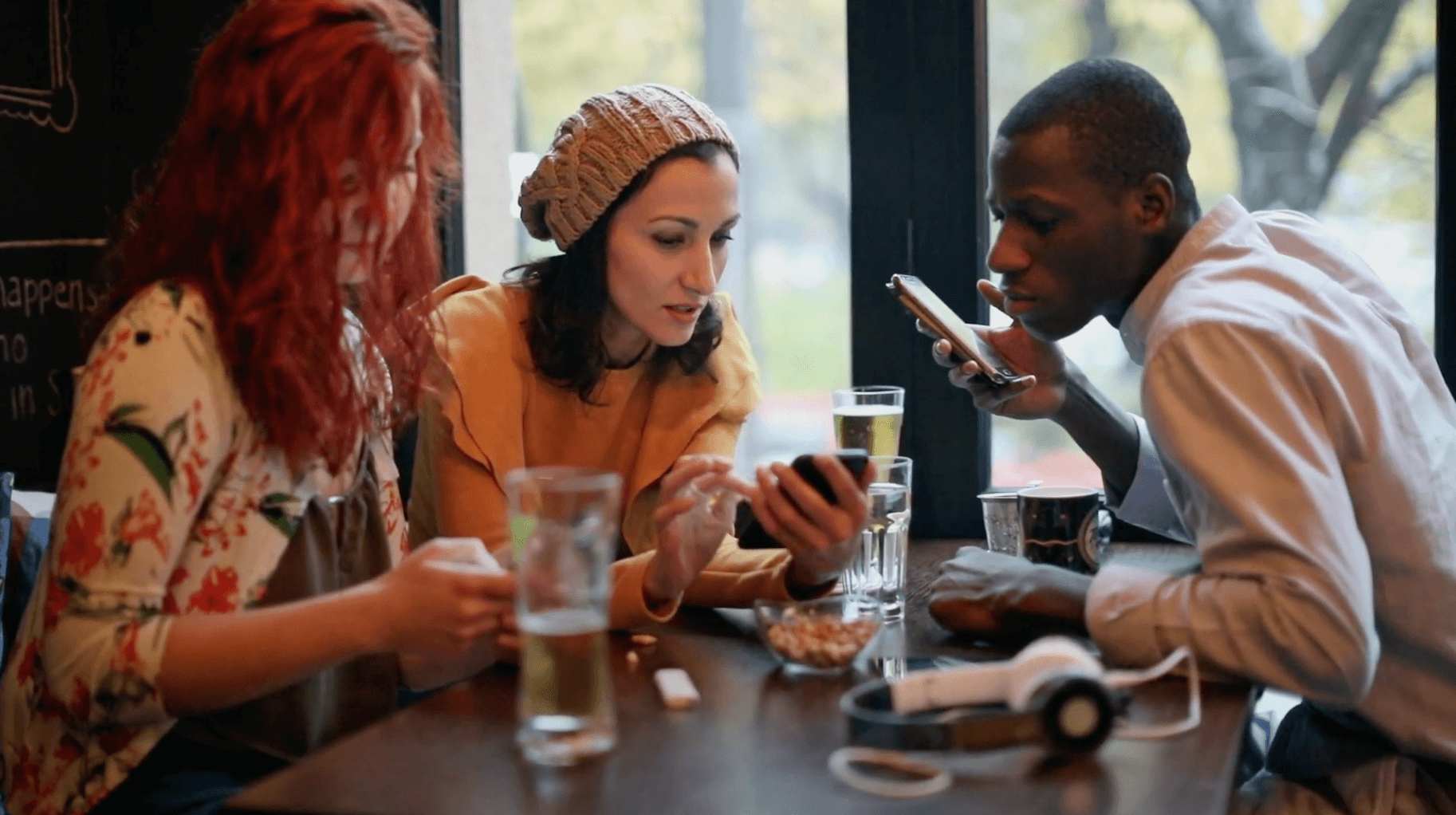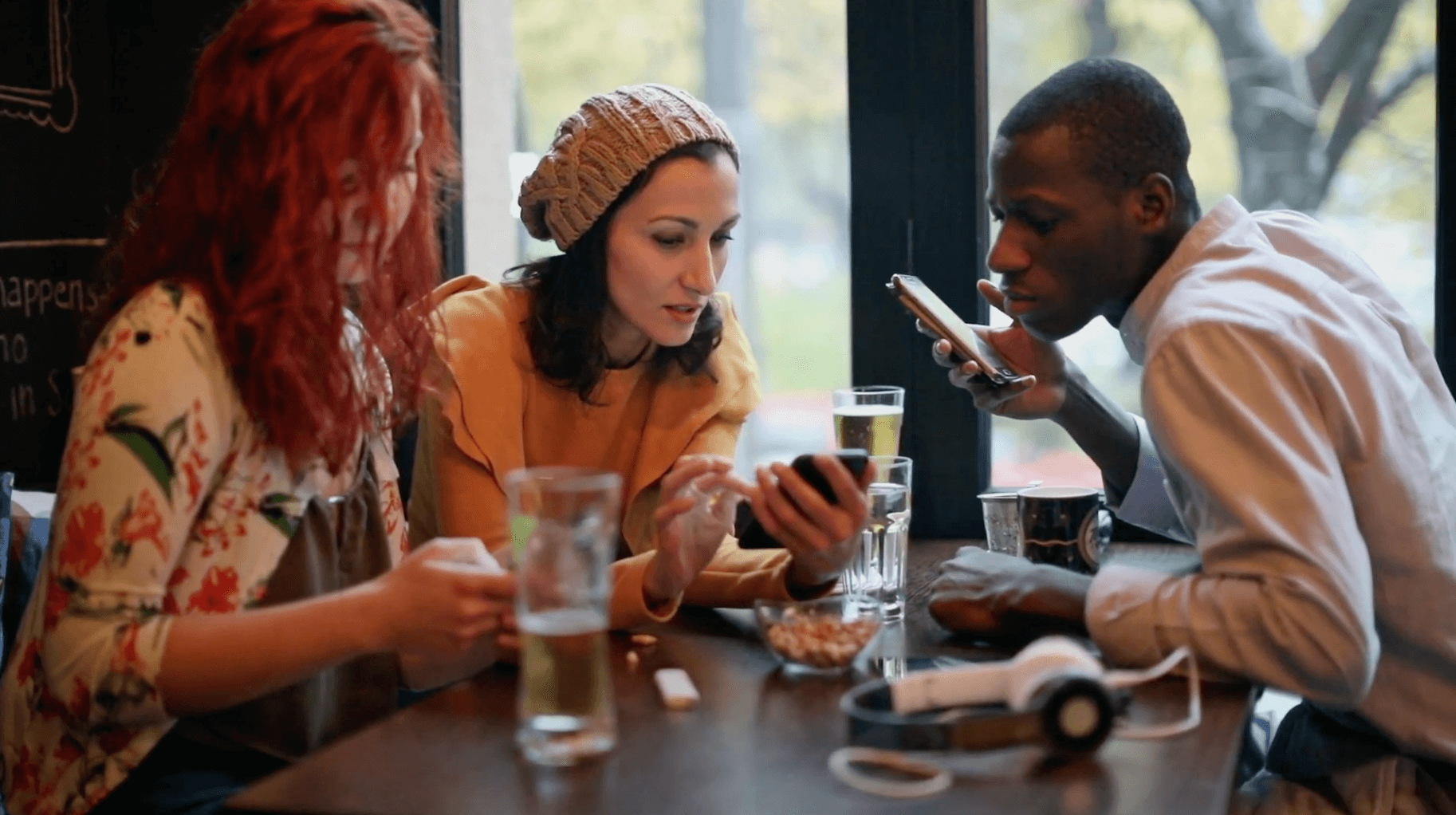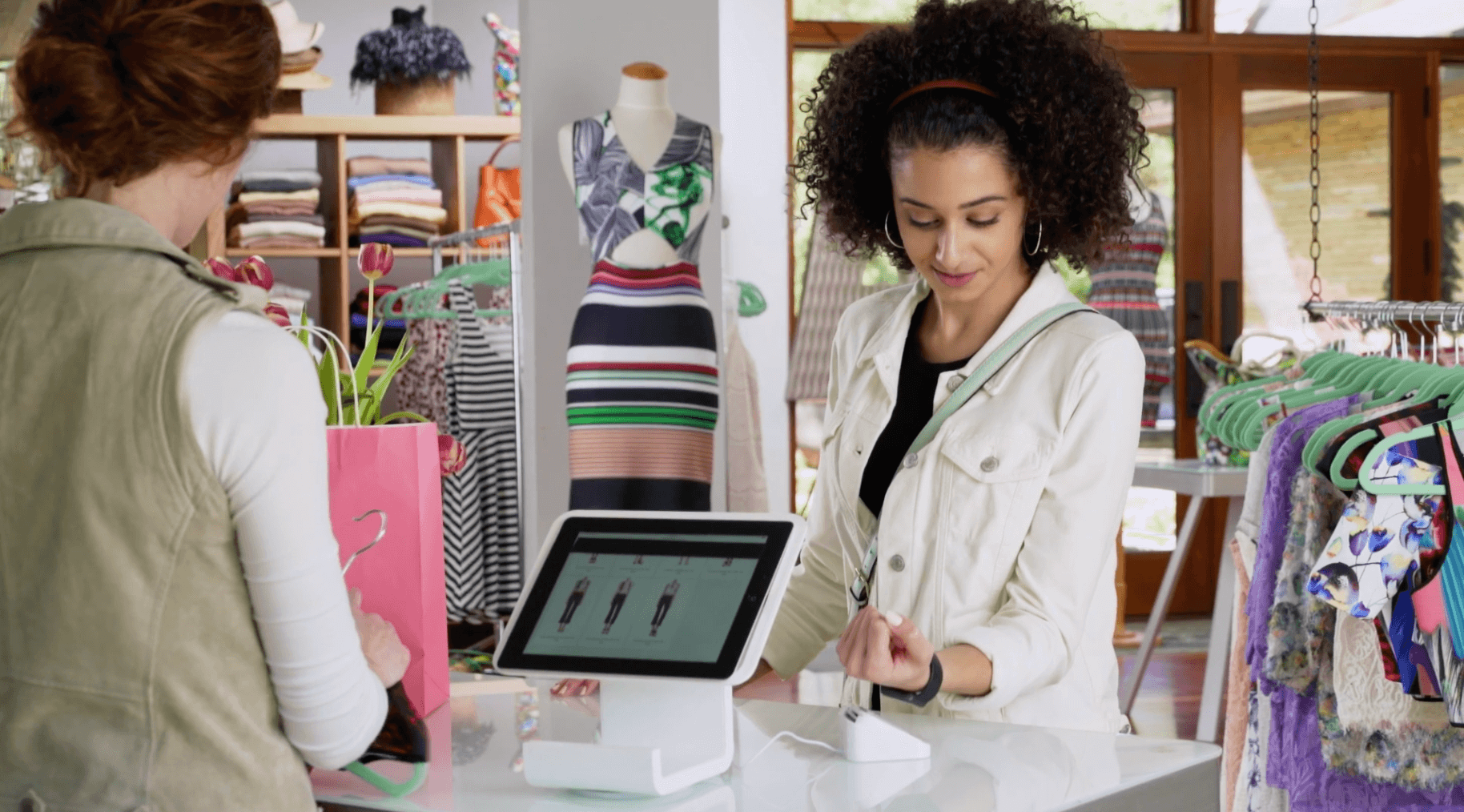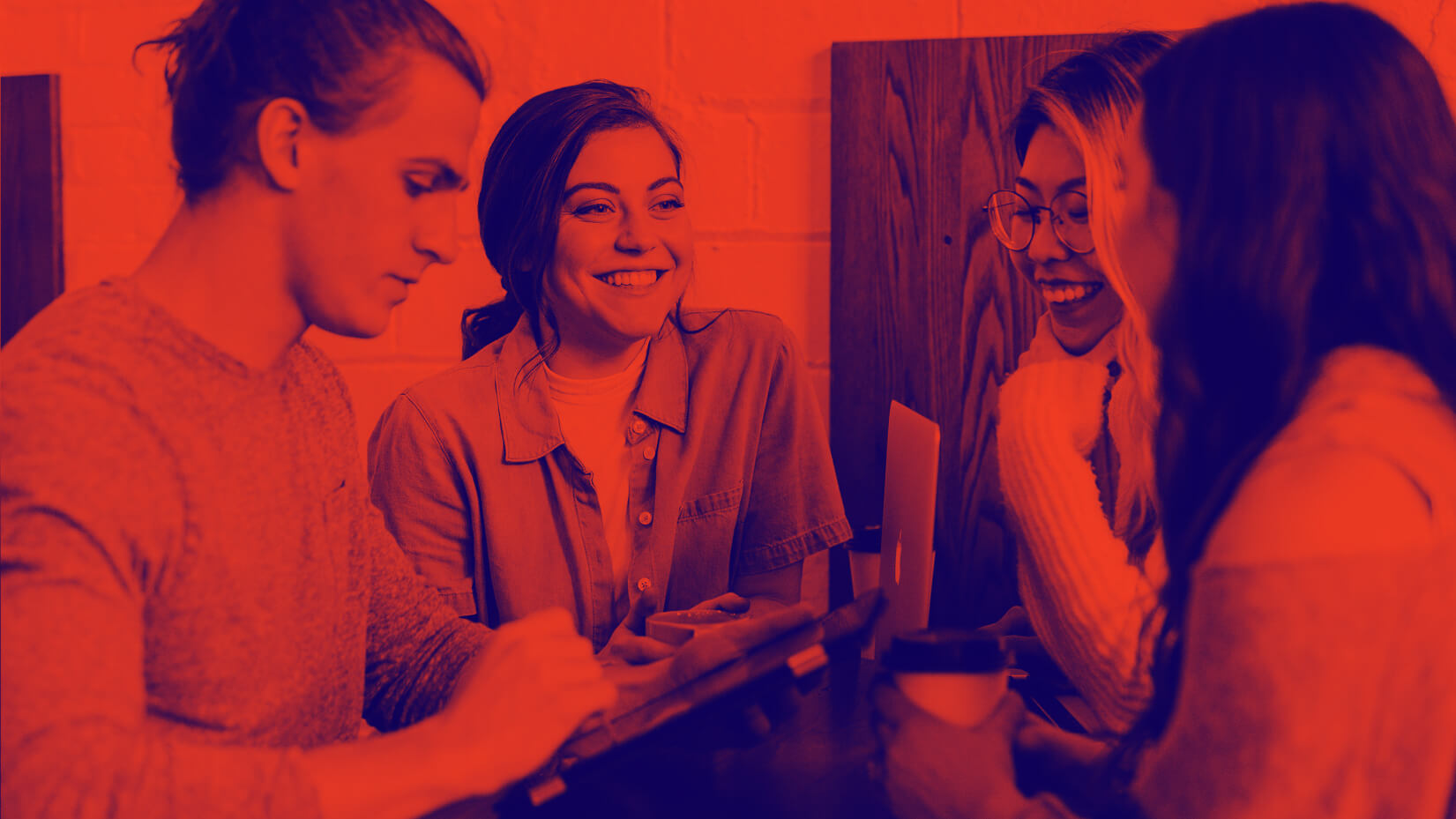Here’s How Card Payments Actually Work – And The People Who Make It Happen

We’d say you know the feeling but, in reality, we all do it so often it probably seems like second nature. Whether it’s grabbing a hot chocolate, splashing out on something slightly fancy for a night out, or your monthly Netflix subscription, paying by card is almost second nature.

In 2020, thanks to the coronavirus pandemic, even more of us spent on cards than ever before, with payments by credit, debit and charge cards making up more than half of the 40 billion payments made over the year. This doesn’t include payments by contactless either, which also rose to 8.6 billion. But, just how many of us know exactly what happens when you pay by card?
Paying By Card Is Less To Do With Your Bank Than You Think
Well, first things first, the process probably has less to do with your bank than you think – and has a lot to do with innovation. Sure, your money might live in your bank, but in order to make payments, banks need the help of a payment processor like VISA.
When you tap to pay in a shop, the process might seem quick, but there’s a lot going on behind the scenes. As soon as you tap, swipe or click, the card machine in the shop (or the digital version you’re using online) will send details of the proposed transaction to VISA.
In just a couple of seconds, VISA runs artificial intelligence to analyse every aspect of the transaction for fraud. The request will then be sent to your bank, who will decide whether to approve or decline the transaction. Of course, this also depends on if you’ve got enough money in your account too.

This authorisation will then be sent back to the shop to allow you to complete your transaction and you’re able to buy your latte. If you’re wondering how the sending actually happens, that’s also pretty impressive. VISA’s systems are made up of more than 10 million miles of ethernet, fibre, satellite, wireless and virtual connections.
And VISA isn’t done there either. There are a hell of a lot of banks out there, all with different pots of money belonging to different people. As anyone who’s ever tried to split a bill at a restaurant will understand, it wouldn’t make much sense to do all of this at once. Instead, VISA keeps a running tally of all the transactions, and let’s banks know once a day how much they should pay to each other to settle the score.
A Global Innovator In Payments Processing
While it might be part of everyday lives now, paying by card was born out of the spirit of innovation. Speaking about his grand vision of electronic payments more than 60 years ago, Dee Hock, explained: “The consumer may access an infinite range of goods and services whenever they choose, wherever they may be.”
“The consumer may access an infinite range of goods and services whenever they choose, wherever they may be.”
Dee Hock, VISA Founder
And, it’s a spirit of innovation that lives on within the company. For example, enabling people to automatically pay at the petrol pump for their fuel. Using a new payment system which checks funds on your card before you pay, VISA will set a limit on how much fuel you’re allowed to get out of the pump, depending on how much you have in your account – and you get to drive off without ever entering the actual kiosk.
VISA are also the people who have helped to push for a raise in the contactless limit from ВЈ30 to ВЈ45 in response to the pandemic, and are also assisting with consultations on raising the limit further to ВЈ100. And contactless doesn’t just mean cards – VISA are helping to enable payments from a whole range of devices including watches, cars, and smart speakers.
From management and marketing to cyber security and AI, there’s a lot of work that goes on behind the scenes at VISA. And, there are a whole host of graduate schemes and internships across the business, whatever area you’d like to specialise and innovate in. Sure, you might not have known the work that goes into your pumpkin spice latte purchases, but actually that’s kind of the point. It’s all about making payments as seamless as possible, and hearing that ‘boop’ that means you’ve paid before you’ve even thought about it.
This piece was produced in partnership with VISA, who run a range of opportunities for students and graduates. If you’d like to be part of their innovative team, find out more and get tips on how to apply on the VISA website.

